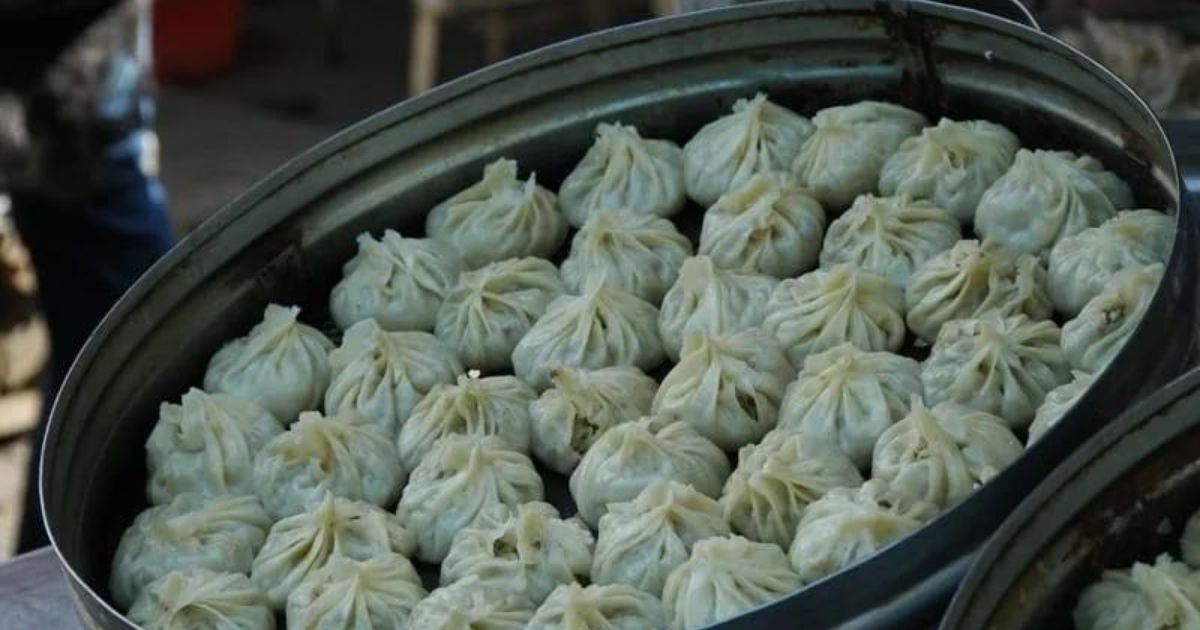Laghman, also known as Lamian, is a popular noodle dish that is believed to have originated in Central Asia. This hearty and flavorful dish has a long and fascinating history that reflects the region's diverse cultural influences. In this blog post, we'll delve into the rich history of Laghman, explore the unique features of the dish, and provide some tips for making your own Laghman at home.
Laghman is a dish made of hand-pulled noodles that can be served in a soup or a stir-fry style. It is commonly found in the cuisines of Central Asia, including Kyrgyzstan, Uzbekistan, and Tajikistan, as well as in the Xinjiang province of China.
The origins of Laghman can be traced back to the Silk Road, the ancient trade network that connected China and Europe. The dish was popular among the nomadic tribes that traveled along the Silk Road, as it was easy to prepare and could be made with ingredients that were readily available.
Over time, Laghman evolved and began to incorporate new ingredients and techniques. When the Mongol Empire conquered Central Asia in the 13th century, they brought with them their own culinary traditions, which included using lamb and beef in dishes like Laghman. The dish also began to incorporate more spices and seasonings, including cumin, garlic, and chili peppers.
Today, Laghman can be found in a variety of regional variations. In Uzbekistan, for example, the dish is typically made with lamb, tomatoes, and onions, while in Kyrgyzstan, it is made with beef and a variety of vegetables. In China, the dish is often served as a stir-fry with a sauce made from soy sauce, vinegar, and sugar.
If you want to try making Laghman at home, there are a few key ingredients you'll need. First and foremost, you'll need the noodles, which can be purchased from most Asian grocery stores or made from scratch using a recipe like the one provided above. You'll also need your choice of meat, such as lamb, beef, or chicken, as well as a variety of vegetables, including onions, tomatoes, and bell peppers. Spices and seasonings like cumin, garlic, and chili peppers can be added to taste.
To make Laghman at home, start by boiling the noodles until they are al dente. While the noodles are cooking, heat some oil in a wok or large skillet and add your choice of meat, along with your vegetables and spices. Stir-fry the ingredients until the meat is cooked through and the vegetables are tender, then add the cooked noodles to the pan and stir everything together. If you prefer a soup-style Laghman, you can add some broth to the pan before adding the noodles.
In conclusion, Laghman is a unique and flavorful dish that has a rich and complex history. Whether you're a history buff or just someone looking for a delicious meal, Laghman is a dish that is sure to satisfy. So why not give it a try today and experience the taste of Central Asia for yourself?



Leave a comment
This site is protected by hCaptcha and the hCaptcha Privacy Policy and Terms of Service apply.